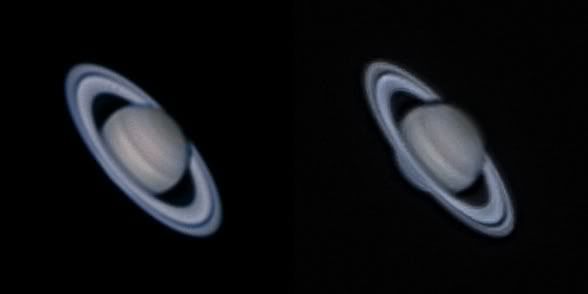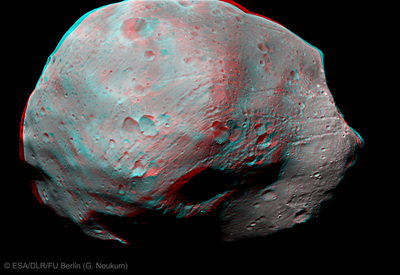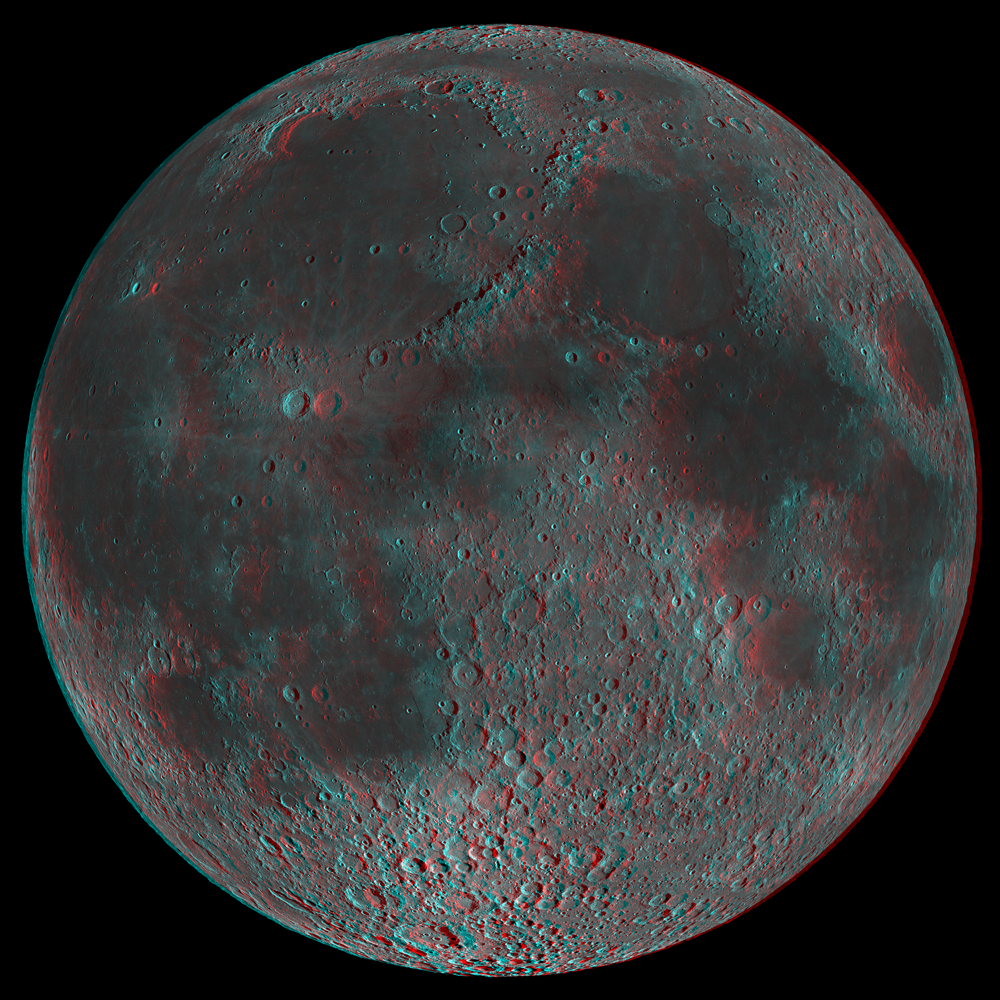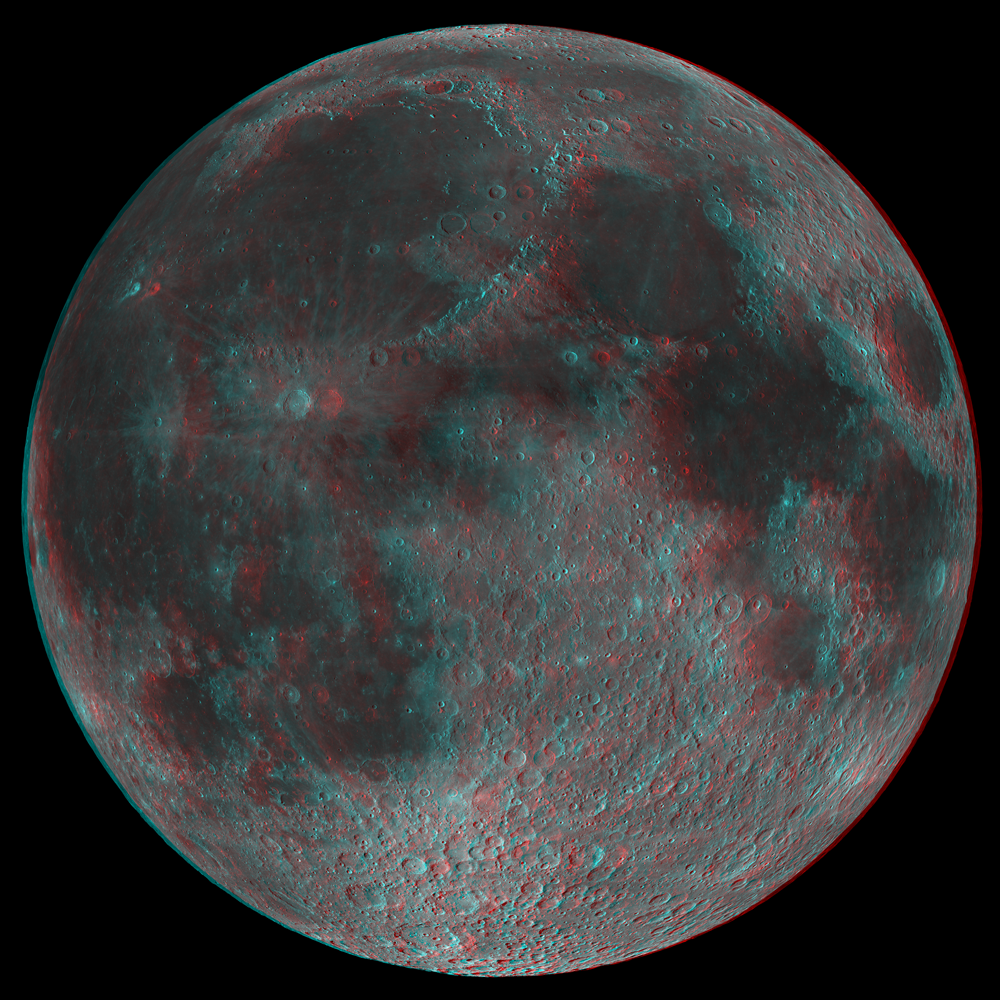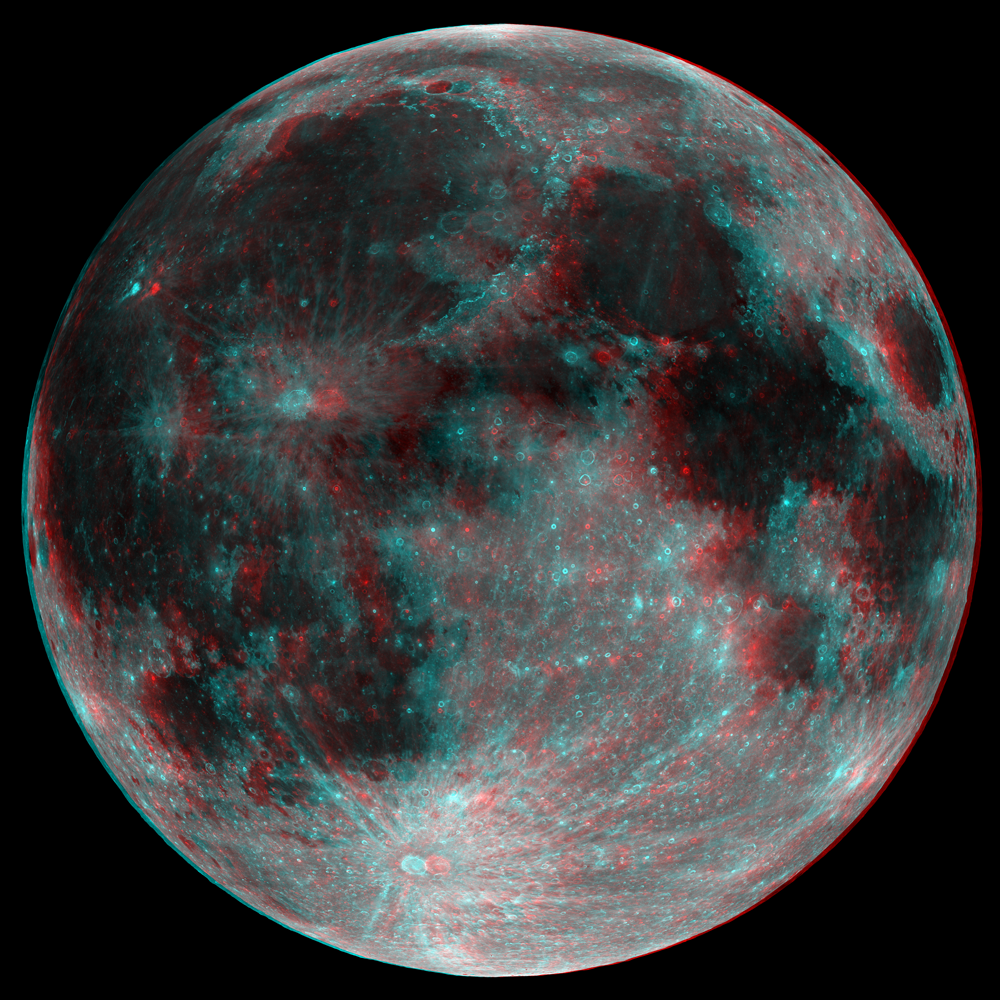- Joined
- Apr 23, 2008
- Messages
- 674
- Reaction score
- 0
- Points
- 0
- Location
- in the cold Denmark
- Website
- www.jelstudio.dk
This is meant to be a thread with stereoscopic space-related photos (surface photos, photos of vehicles, photos of people, places, etc)
Only stereo-photos (or stereo-videos if you can find any) in this thread please.
Anaglyph glasses required.
I'll start of with one from Mars taken by the rover Opportunity:
http://www.flickr.com/photos/9301998@N08/4310631675/in/set-72157622867346490/
And this beauty, a shot from the lunar surface with Apollo 12 astronaut Pete Conrad standing near the southern rim of Surveyor Crater during a moonwalk on Nov. 19, 1969:
http://msnbcmedia.msn.com/i/MSNBC/Components/Photo/_new/090626-coslog-anaglyph-large-2p.jpg

Watching space with both eyes is double the fun
I'm creating this topic-thread because I've noticed several people expressing interest in Orbiter in stereo-view, and thought it would be fun to see some actual scenery in stereo-view.
Only stereo-photos (or stereo-videos if you can find any) in this thread please.
Anaglyph glasses required.
I'll start of with one from Mars taken by the rover Opportunity:
http://www.flickr.com/photos/9301998@N08/4310631675/in/set-72157622867346490/
And this beauty, a shot from the lunar surface with Apollo 12 astronaut Pete Conrad standing near the southern rim of Surveyor Crater during a moonwalk on Nov. 19, 1969:
http://msnbcmedia.msn.com/i/MSNBC/Components/Photo/_new/090626-coslog-anaglyph-large-2p.jpg

Watching space with both eyes is double the fun
I'm creating this topic-thread because I've noticed several people expressing interest in Orbiter in stereo-view, and thought it would be fun to see some actual scenery in stereo-view.



